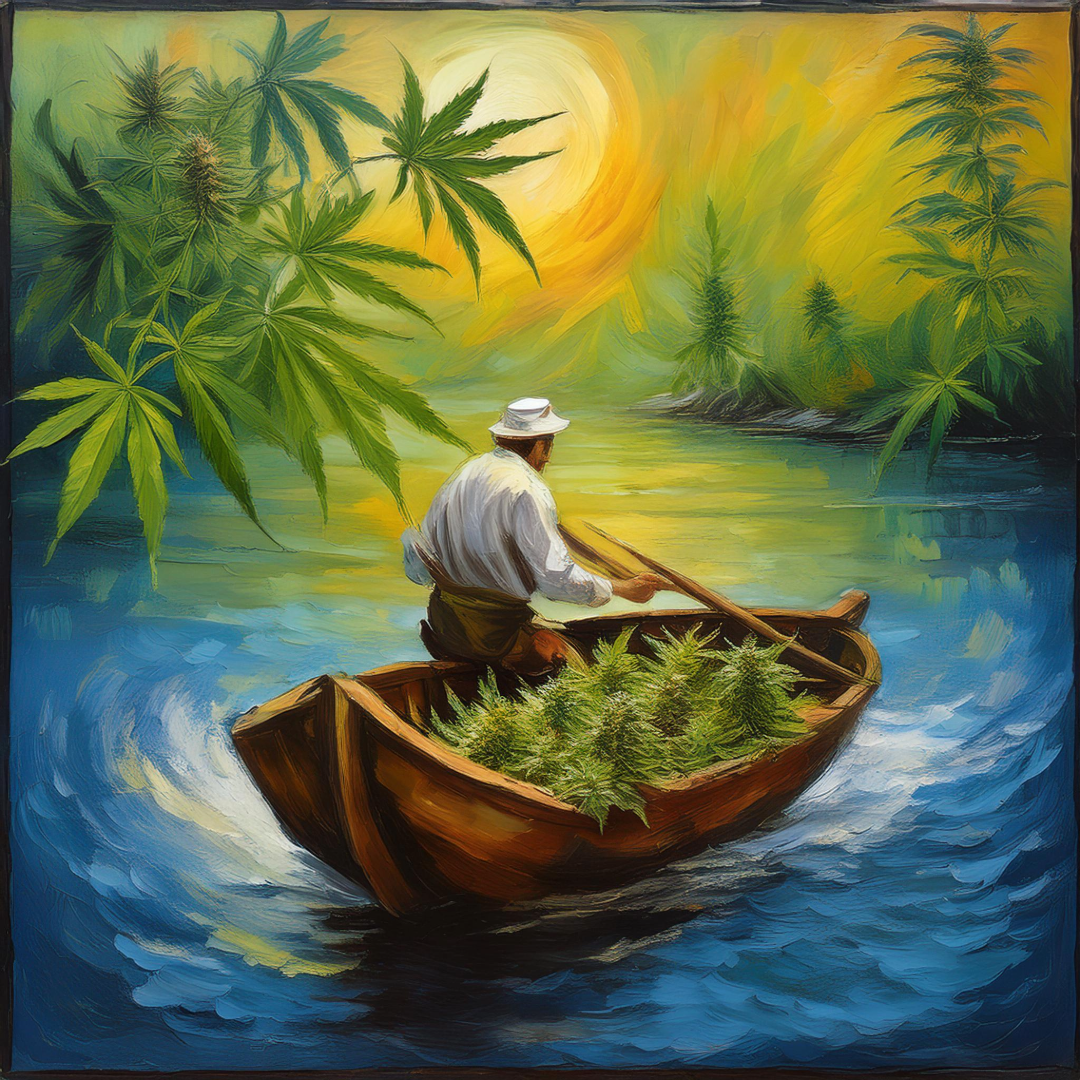
The cannabis plant is one of the oldest cultivated plants in the world and has a long and fascinating history spanning thousands of years. Originally, cannabis was valued for its versatile uses as a fiber, medicine and recreational drug. But where does this plant actually come from and how did it spread around the world? In this blog post, we delve into the origins and historical journey of the cannabis plant.
The Origins of Cannabis
The cannabis plant originates from Central Asia, more specifically from the regions that today include Mongolia, southern Siberia and the Himalayas. Archaeological finds show that cannabis was cultivated at least 10,000 years ago, making it one of the earliest domesticated plants in human history.
Wild Cannabis:
Wild cannabis is a highly adaptable plant that can thrive in a variety of climates. In Central Asia, the plant thrived in the open grasslands and along river banks, where it found ideal growing conditions.
Genetic origins:
Cannabis is divided into three main types:
- Cannabis sativa: Originally widespread in tropical and subtropical regions.
- Cannabis indica: Native to the cooler, mountainous regions of the Hindu Kush mountains.
- Cannabis ruderalis: Originally from northern regions with short summers, such as Russia and Eastern Europe.
Each of these species has unique characteristics that make them adapted to their environment.
The spread of the cannabis plant
With the development of agriculture and trade routes, cannabis spread from Central Asia to other parts of the world.
Early use in China (ca. 4,000 BC):
China was one of the first countries to recognize the versatility of cannabis. It was used to make hemp rope, clothing and paper. Chinese medicine also used the plant for its healing properties, especially as a painkiller.
India (ca. 2,000 BC):
In India, cannabis played a central role in spiritual and medicinal practices. It was used as "bhang" in religious rituals and is still considered a sacred plant in Hinduism. The Vedic texts mention cannabis as one of the five sacred herbs.
Middle East and Egypt (ca. 1,500 BC):
Cannabis reached the Middle East via trade routes such as the Silk Road. In Egypt, hemp was used to make ropes and sails. The plant was also used medicinally, for example to treat inflammation.
Europe (ca. 500 BC):
The Scythians, a nomadic people, brought cannabis to Europe. The plant was initially valued primarily for its fibers before its medicinal properties were also recognized.
Africa (ca. 1,000 AD):
Introduced by Arabs, cannabis quickly became popular in Africa. It was used in both traditional medicine and spiritual rituals.
America (1500–1800):
With colonization, cannabis eventually came to America. Hemp was grown in the USA for the production of sails, clothing and paper. Cannabis was also popular there as a medicine before it was banned in the 20th century.
The Cultural Significance of Cannabis
Throughout history, cannabis has not only been valued as a crop, but also deeply rooted in
different cultures. In India, it was a symbol of spiritual purification and inspiration, while in Africa and the Middle East it was valued for its calming and meditative effects. In Western cultures, cannabis was initially used primarily as industrial hemp before its psychoactive properties were discovered and popularized.
Spiritual use:
- In India and Nepal, cannabis is still used today in religious festivals such as Shivaratri in honor of the god Shiva.
- The Rastafari movement sees cannabis as a "sacred herb" that strengthens the connection to God.
Medical significance:
Cannabis has found its place as a medicinal plant in almost every culture. From pain therapy in Chinese medicine to the treatment of sleep disorders and cramps in Europe, cannabis has been an indispensable tool in traditional medicine.
Cannabis in Modernity
As cannabis has spread and been used around the world, the perception of it has changed over and over again. While the plant was criminalized in many countries in the 20th century due to political propaganda and strict laws, today we are experiencing a renaissance of cannabis culture. More and more countries are legalizing cannabis for medical or even recreational use, indicating a growing understanding of its versatility and importance.
